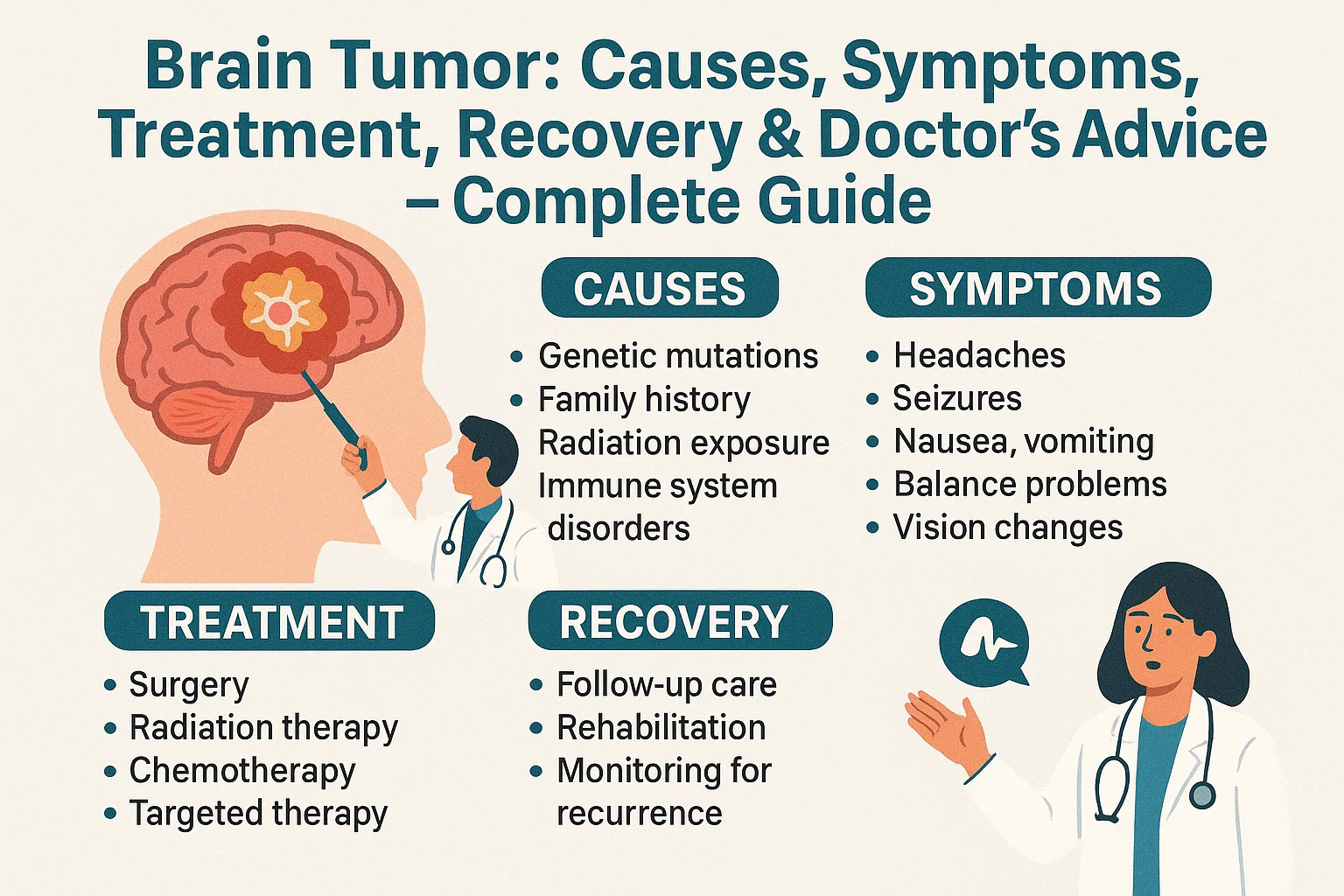
Introduction: The Rise of Legal AI
- Why it matters: Law is data-intensive, involving contracts, public records, precedent, and statutes. AI excels at analyzing massive datasets.
- What’s changing: Routine tasks once done by junior associates, legal research, contract review, and discovery are now streamlined via AI tools.
- End game: Smarter, more efficient lawyering; better access to justice; lower costs; and lawyers focusing more on strategy and client advocacy.

The Key Pillars of AI in Legal
- Legal Research & Analysis
- Tools like ROSS Intelligence, Lexis+ AI, and Casetext CARA scour millions of documents, surface relevant cases, and suggest argument threads.
- Contract Review & Document Automation
- Platforms such as LegalSifter, Luminance, and Kira Systems auto-identify clauses, flag inconsistencies, and facilitate bulk contract drafting.
- E-Discovery
- AI sifts through emails, chat logs, and drafts to locate “smoking gun” documents—automatically tagging those most relevant.
- Predictive Analytics & Case Outcome Forecasting
- Tools like Premonition and Lex Machina use historic data to model likely litigation outcomes and judge/timeline tendencies.
- Client Intake & Chatbots
- Chatbots like DoNotPay or QuickLegal automate client onboarding and basic legal Q&A, directing clients to lawyers as needed.
- Smart Courtroom Assistance
- In jurisdictions experimenting with AI-augmented judging, ML tools assist judges by flagging relevant precedents and checking bias.
Pros and Cons of AI for Lawyers
| Pros | Cons |
|---|---|
| Efficiency boost: Research and document tasks done significantly faster, freeing time for strategy | Risk of error: AI can miss nuances; human review remains essential |
| Reduced cost: Firms save on billable hours and reduce overhead | Ethical concerns: AI may reflect bias in datasets; requires transparency |
| Better insights: Predict outcomes and counsel clients more accurately | Data privacy: Handling confidential documents via AI platforms needs secure compliance |
| Scalability: Solo and small firms can compete via AI-based tools | Skill gap: Lawyers need new tech skills, training, and adaptation |
| Access to justice: Low‑cost automated legal advice helps underserved communities | Job impact: The nature of junior associate roles is changing |
AI Tools Compared: Which Delivers What?
Here’s a comparison of top legal AI models by function, usefulness, and best users:
| AI Tool | Use Case | Ideal For | USP |
|---|---|---|---|
| Lexis+ AI | Legal research | Litigators, corporate counsel | Deep legal database + practice insights |
| Casetext CARA | Quick case analysis | Solo lawyers | Fast and affordable “next case” suggestions |
| Kira Systems | Contract review | Law firms, legal ops | Robust clause recognition |
| Luminance | Bulk contract analytics | Corporates, M&A teams | Deep legal database and practice insights |
| Premonition | Litigation prediction | Litigation strategy teams | Judge propensity and win-rate data |
| DoNotPay | Legal chatbots | Consumers, small business | Automated consumer legal help |
| ROSS Intelligence | Statutory interpretation | Academic lawyers | Natural language legal querying |
| Visual contract insights and anomalies | Courtroom drafting | Firms embracing AI | High-quality memo generation |
Case Study: AI in Action
Example: A mid‑size law firm handling 1,500 contracts per quarter implemented Kira Systems.
- Result: 85% time reduction in review.
- Client impact: Faster turnaround, fewer errors, higher satisfaction.
- Lawyer reaction: Billing shifted from grunt work to advisory roles, reinforcing firm value.
Another example used Premonition to evaluate which judges handled employment disputes better; the firm selected favorable jurisdictions, improving the win rate by 30%.

- Lesson: AI-driven strategy outperforms intuition alone.
Smart Justice: AI’s Role in Courtrooms
- Sentencing & bail algorithms: Automated risk scoring is under debate due to bias concerns—but pilot projects show promise for consistency.
- Judge assistants: In parts of Europe/Asia, judges are using legal AI to retrieve precedent faster.
- Remote hearings: AI transcription and translation tools fuel web-based courts—a boon post-COVID.
How Lawyers Can Adapt Now
- Start small: Use AI for tasks like legal research and discovery.
- Train teams: Offer workshops in AI literacy and tool adoption.
- Reassess ethics/confidentiality: Update client agreements & vet AI vendors.
- Reframe roles: Shift junior lawyer focus toward client relations, strategy, or legal tech oversight.
- Stay current: Monitor regulatory trends on legal AI; adapt firm policies accordingly.
Smart Justice: Ethics & Regulation
- Data privacy: GDPR, HIPAA, and attorney‑client privilege must guide AI vendor selection.
- Transparency: Lawyers should disclose AI assistance in documents or filings where relevant.
- Bias mitigation: Audit AI systems regularly to ensure fair outcomes.
- Regulatory compliance: Active oversight by bar associations and courts is evolving—stay informed.
The Future of Lawyers: Evolving Roles
- Larger teams: AI managers, data analysts, and legal technologists complement attorneys.
- Specialists emerge: AI ethics counsel, legal operations strategists, and compliance automatons carve new niches.
- Client advantage: Firms using AI can offer faster, smarter, and more affordable services—shifting competitive dynamics.

Final Take: Why This Matters in 2025
- Clients demand speed & value—AI delivers both.
- Access to justice expands—legal chatbots and automation reach underserved individuals.
- Legal jobs shift—less grunt work, more strategic focus.
- Ethics matter—prudent regulation ensures fairness and trust.
Key Takeaways
- AI is streamlining legal research, contract review, discovery, and analytics.
- Lawyers remain essential for judgment, advocacy, and ethics oversight.
- Transparency, bias checks, data control, and human review are non‑negotiable.
- Say goodbye to repetitive filings. Say hello to strategic lawyering.
SEO Tuning Tips
- Focus on long-tail keywords: “AI legal tools in 2025,” “future of lawyers,” and “smart justice technology.”
- Incorporate related terms: “e-discovery automation,” “legal AI ethics,” “AI for case handling.”
- Use clear H2/H3 headings and internal links as your site structure grows.
- Add case studies, updated stats, and quotes from your firm to boost trust and freshness.
Suggested Further Reading & Tools
- Casetext CARA—for rapid case-sourcing.
- Kira Systems—Bulk contract insight.
- Premonition or Lex Machina – Predict litigation outcomes.
- DoNotPay—Practical chatbot demos.
- Bar association guidelines—Stay updated on AI governance.
Frequently Asked Questions (FAQs)
1. Will AI replace lawyers?
No. AI will automate routine work, but lawyers add value through judgment, negotiation, persuasion, and client relationships.
2. Is AI affordable for small firms?
Yes—tools like Casetext CARA and Smart Counsel offer tiered pricing and pay‑per‑use models.
3. Are AI legal tools reliable?
Largely yes—but lawyers must review outputs. Regulatory and reputational risk mandates supervision.
4. Can AI handle complex commercial litigation?
It can assist with document review and strategy, but high-stakes legal argumentation remains human-led.
5. How do I start integrating legal AI in my firm?
Identify pain points, test low-cost proof-of-concepts, secure client data, train users, and iterate.









gzaydz
c7jyan
j032t0